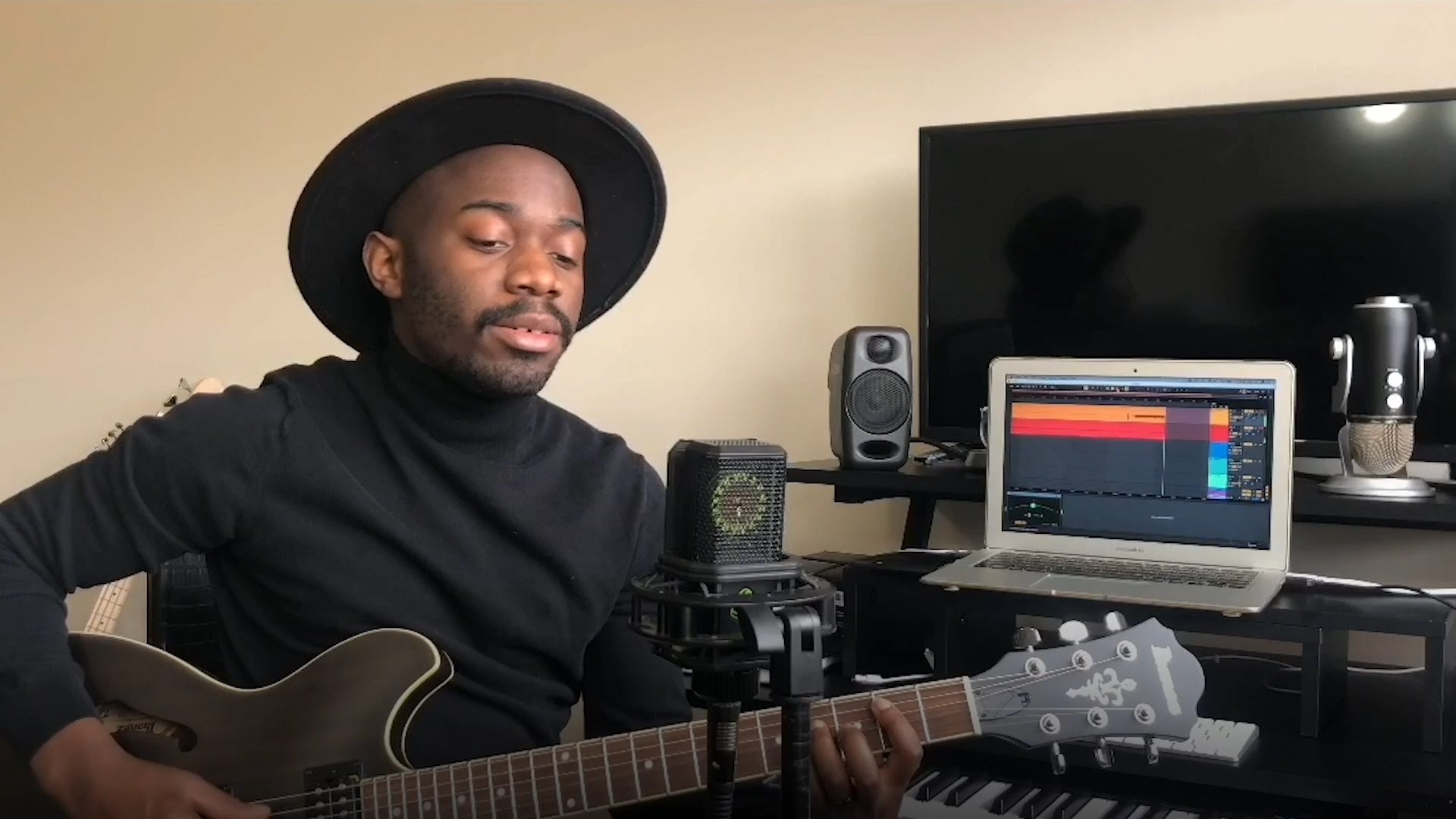World Relief Dupage/Aurora’s annual gala was planned for April 2020…and then the world shut down.
Like so many nonprofits right now, World Relief Dupage/Aurora had to pivot their plans for their in-person fundraising event. Without much time to pull it together, they called on us to help them with a simple edit, stringing together self-recorded elements from a handful of voices. They had already lined up the speakers and were running all coordination to get the assets to us. All we needed to do was put all the pieces together. They would stream the event live, and while there would be two hosts, speaking in real-time, the other elements were pre-recorded and broadcast during the event. What resulted was a successful event, raising more funds than last year’s in-person gala. I caught up with our client, Tim Kustusch, to talk about how the event went over. Here are the lessons we both learned on this project…
1. You Can Raise Significant Funds at a Virtual Gala (and save money producing it)
”We probably netted more from doing a virtual event than we would have netted for the in-person event because it cost so much less.
Tim KustuschPartnership Manager, World Relief Dupage/Aurora
2. Your Live Event Should be Reimagined for Video Streaming
”The nice thing about a pre-recorded event is that you can get a lot more voices in there, without worrying about people going too long.
Tim KustuschPartnership Manager, World Relief Dupage/Aurora
3. Audiences Will Overlook Bad Image-Quality for Compelling Content
Think about the home videos that go viral on social media. If the content is funny, emotional, or engaging, we don’t really care that it’s a little pixelated or in a vertical orientation. Apple’s latest commercial “Creativity Goes On,” is made up of phone videos, but the moments are touching, so we don’t really care. This isn’t to say there’s not a time and a place for high-quality video (we are filmmakers after all), but a lot can still be accomplished with simple tools. If you have a smart phone, guess what, you can probably shoot 4k video!
For World Relief Dupage/Aurora, we sent over guidelines and best practices to the people recording themselves. We still got some less-than-great footage. If we had had more time, we could’ve shipped a lav mic that would connect into a phone, maybe even a light that we could tell the person how to set up. Just a few little adjustments can make a big difference, and they are easy to teach virtually.
We didn’t have time to go that extra step with World Relief. It would have stepped up the quality, but in the end, the virtual gala still worked for them. And that’s the most important thing.
4. You Can Reach More People than Would Attend Your Gala
Tim said that their annual gala has about 400 attendees. They had over 550 people watch their virtual gala. They have reached people who wouldn’t have paid the ticket price for the gala, they have reached people who don’t live locally and couldn’t have attended the gala in person, and they have reached busy people who prefer to be able to watch something on their own schedule, when it’s convenient for them. It also makes the event shareable. Once someone watches, they can share it with a friend who might also enjoy the event.
World Relief Dupage/Aurora Global Gala
From the sounds of it, a virtual event can be just as successful as a live event! Of course, there are sacrifices. There are fewer personal interactions. You aren’t able to connect donors to one another and build new connections. However, if you are planning a gala for 2020 and aren’t sure if a virtual event is worth it, it might be more successful than you think!
Check out this blog on how to livestream your event on YouTube. If you are pre-recording your event, here’s a great article on how to stream it live on Facebook. Hope this helps!


